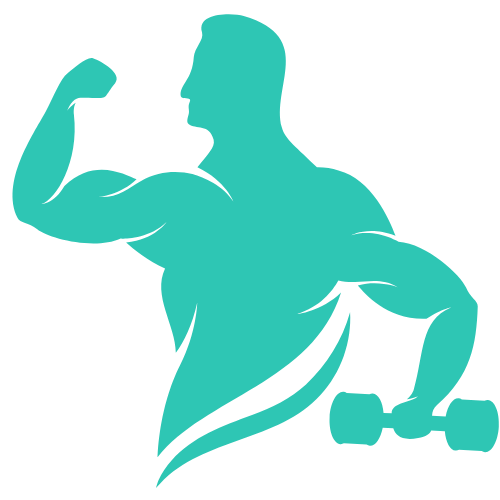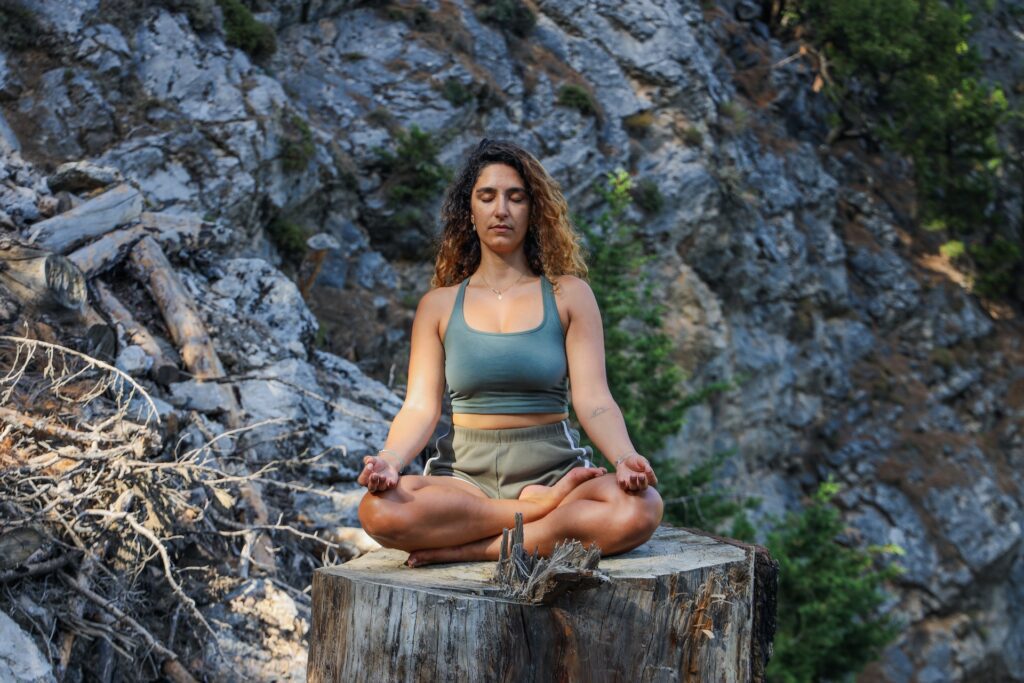The Best Guide For Pilates Workout At Home For a Healthier You!
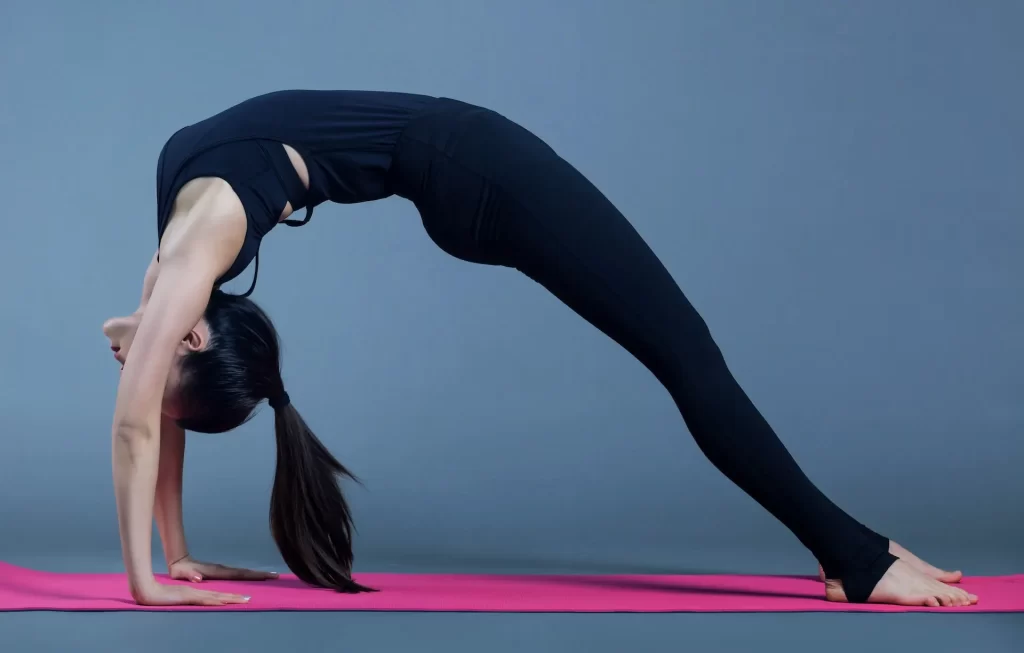
I. Introduction: Pilates Workouts at Home
In today’s fast-paced world, maintaining a consistent fitness routine can be challenging. However, with the rise of at-home workouts, it has become easier than ever to stay committed to your fitness goals. If you’re looking for a low-impact, highly effective exercise regimen that can be done from the comfort of your own home, Pilates is the answer.
Pilates offers a holistic approach to fitness, focusing on core strength, flexibility, and overall body conditioning. It’s a workout that suits people of all fitness levels, from beginners to advanced practitioners. In this comprehensive guide, we will explore the top 10 Pilates workouts that you can do in the comfort of your own home. These workouts will not only help you build a stronger physique but also enhance your overall well-being.
II. Why Choose Pilates?
Before we dive into the Pilates workout, let’s take a moment to understand why Pilates is an excellent choice for achieving a stronger, healthier you.
Pilates was developed by Joseph Pilates in the early 20th century and has gained immense popularity for its numerous benefits. Here are some compelling reasons to choose Pilates as your go-to home workout:
Core Strength: Pilates places a strong emphasis on core muscles, helping you develop a stable and strong core. This can lead to improved posture and reduced risk of back pain.
Flexibility: Regular Pilates practice can increase your flexibility, making everyday movements easier and reducing the risk of injury.
Improved Balance: Pilates exercises work on your body’s stabilizing muscles, which can enhance your balance and coordination.
Stress Reduction: The mindful nature of Pilates can help reduce stress and promote relaxation.
Muscle Tone: You’ll notice improved muscle tone and definition, particularly in your abdominals, legs, and arms.
Better Posture: Pilates encourages better alignment and posture, which can alleviate discomfort caused by poor posture habits.
III. Creating Your Home Pilates Space
To get started with Pilates at home, you don’t need an elaborate setup. Here’s what you’ll need:
1. Mat:
A Pilates or yoga mat provides cushioning and support during floor exercises. Look for a mat that offers adequate padding to protect your spine and joints.
2. Comfortable Attire:
Wear clothing that allows for freedom of movement. Avoid bulky or restrictive clothing that may hinder your practice.
3. Space:
Clear a space in your home where you can lay your mat and move freely without obstacles. Ideally, choose a quiet and well-ventilated area.
4. Props (Optional):
While not essential, props like resistance bands, stability balls, and Pilates rings can add variety to your workouts and increase the challenge as you progress.
With these basics in place, let’s delve into a beginner-friendly Pilates routine you can follow at home.
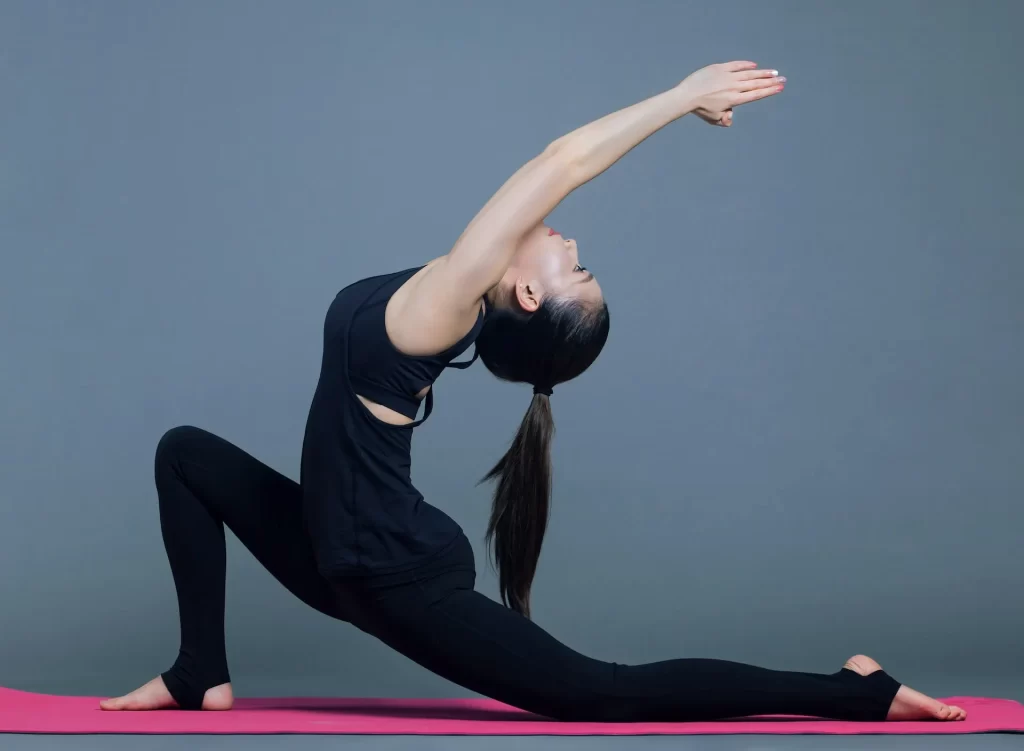
IV. Your Home Pilates Workout Routine
1. Warm-Up (5 minutes)
The warm-up phase of your workout serves as a crucial foundation for your Pilates routine, ensuring that your body transitions smoothly from rest to activity. In these initial 5 minutes, the aim is to gently awaken your muscles, increase blood circulation, and enhance flexibility.
Begin by centering your focus and taking a moment for deep, calming breaths. This practice sets a mindful tone for your session, allowing you to leave behind the distractions of the day. Afterward, shift your attention to your neck and shoulders. Gentle neck stretches alleviate tension, while shoulder rolls promote mobility in your upper body.
Continuing with the warm-up, extend your arms for arm circles. These motions gradually engage your shoulder joints and enhance blood flow to your arms. Finally, promote spinal flexibility with seated spinal flexion and extension movements.
2. The Classic Pilates Hundred (5 minutes)
The Classic Pilates Hundred is a quintessential exercise in Pilates practice, serving as a foundation for core strength and increased circulation. This dynamic exercise invigorates both body and mind, and here’s how you can perform it:
Begin by lying on your back with your legs fully extended and your arms resting gently at your sides. Your spine should be in a neutral position, and your chin tucked towards your chest.
As you engage your abdominal muscles, lift your head and shoulders slightly off the mat, maintaining a consistent chin tuck. This action initiates the core engagement that is central to Pilates.
Now, here’s the rhythmic aspect: pump your arms up and down with control while inhaling for five counts and exhaling for five counts. This controlled breathing pattern enhances your lung capacity and oxygenates your body.
To complete one set, perform this arm-pumping cycle for 10 breath cycles, reaching a total of 100 arm pumps.

3. Roll-Up (5 minutes)
The Roll-Up is a quintessential Pilates exercise that not only strengthens your core but also enhances spinal flexibility. This graceful movement, when performed mindfully, engages multiple muscle groups while promoting body awareness. Follow these steps to master the Roll-Up:
Starting Position: Begin by lying flat on your back with your legs fully extended and your arms extended overhead. Keep your limbs in line with your body to create a seamless line from fingertips to toes.
Inhalation and Initiation: Inhale deeply as you prepare to roll up. This inhalation sets the stage for controlled movement. Your core muscles should engage gently.
The Roll-Up: Exhale gradually as you initiate the roll-up. Imagine your spine unfurling, vertebra by vertebra. Reach your fingertips toward your toes, and maintain a tucked chin to preserve proper alignment.
Completion and Exhalation: As you continue the motion, reaching for your toes, keep the abdominal engagement steady. Exhale completely as you round forward, reaching your maximum stretch.
Returning to Start: Reverse the movement in a controlled manner. Inhale as you articulate your spine back down to the mat, vertebra by vertebra. Your arms return to the overhead position.
Repetition: Repeat this sequence for a total of 5-10 repetitions. Ensure each movement is deliberate and connected.
4. Single-Leg Stretch (5 minutes)
The Single-Leg Stretch is a Pilates gem that zeroes in on your abdominal muscles while simultaneously enhancing hip flexibility. This exercise combines core engagement with lower body movement for a comprehensive workout. Here’s how to execute it:
Starting Position: Begin by lying on your back with your knees bent and your feet lifted slightly off the ground. Your head and shoulders remain relaxed on the mat, and your hands gently hold your shins, just above your ankles.
Initiate the Movement: As you exhale, draw one knee toward your chest while extending the other leg outward. Simultaneously, lift your head and shoulders slightly off the mat.
The Pedaling Motion: Inhale as you switch legs in a fluid, pedaling-like motion. Your hands move from one shin to the other as your legs switch positions.
Core Engagement: Throughout the exercise, keep your core engaged. This not only strengthens your abdominal muscles but also stabilizes your pelvis.
Repetition: Continue this sequence for 10-15 repetitions on each leg, maintaining a controlled and deliberate pace.
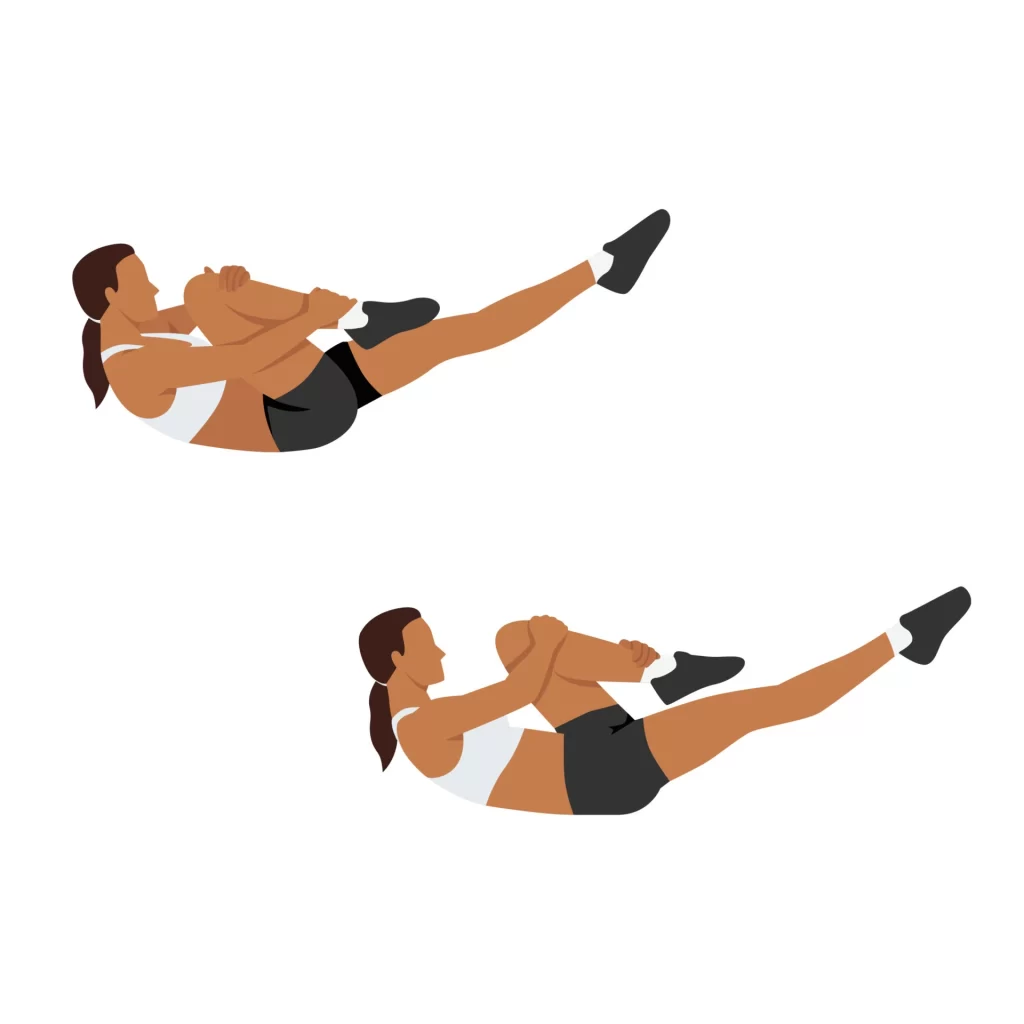
5. Plank (3 minutes)
The Plank is a revered exercise in the world of fitness, renowned for its ability to fortify your core strength and promote overall stability. This static, full-body exercise requires no equipment but yields impressive results. Here’s how to perform the Plank:
Starting Position: Begin in a push-up position, but instead of supporting your body with your hands, place your elbows on the ground at a 90-degree angle. Your forearms should rest parallel to each other on the mat.
Form and Alignment: Maintain a straight line from your head to your heels. Engage your core muscles by pulling your navel toward your spine. Your shoulders should be directly above your elbows, and your gaze should be directed towards the floor to keep your neck in alignment.
The Hold: As you find your proper form, hold this position for 30-60 seconds. Focus on your breath and stay mindful of your body’s alignment.
Challenges and Progression: As you grow stronger, gradually increase the duration of your Plank holds. You can also experiment with side planks and other variations to target different muscle groups.
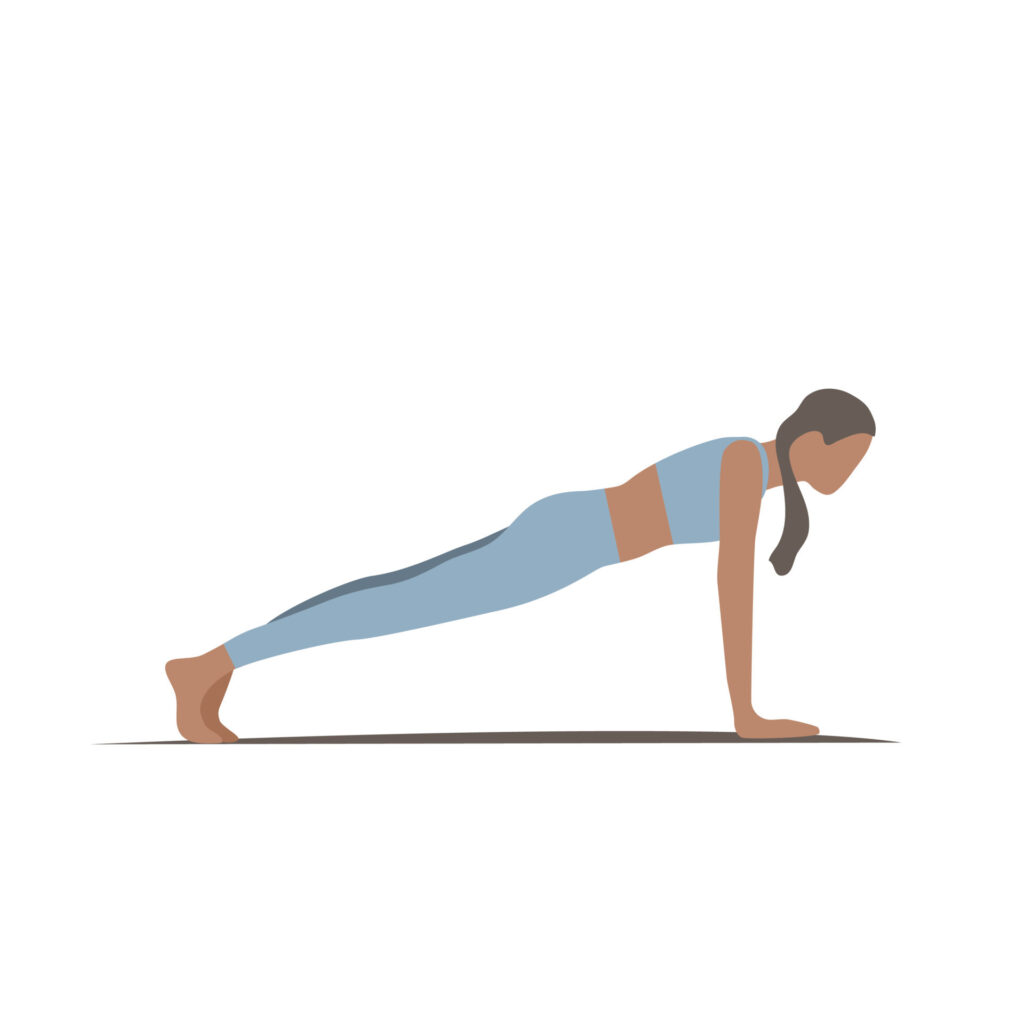
6. Child’s Pose (3 minutes)
Child’s Pose is a gentle and restorative yoga pose that provides a soothing contrast to the intensity of the Plank exercise. This tranquil posture offers a moment of relaxation and deep stretching, especially for the back and lower body. Here’s how to achieve the perfect Child’s Pose:
Starting Position: Begin by kneeling on your mat with your knees apart, maintaining a comfortable distance. Your big toes should touch, creating a V shape with your legs.
Sitting Back: Slowly sit back on your heels, allowing your hips to gently rest on your heels. This position creates a feeling of surrender and relaxation in your lower back and hips.
Reach Forward: Extend your arms forward, reaching them as far as your body allows. Your palms should rest on the mat, and your forehead gently touches the ground.
Breathing and Relaxation: Close your eyes and take slow, deep breaths. As you hold this pose for 3 minutes, focus on releasing tension from your back, shoulders, and neck. Allow your body to sink into a state of calm and rejuvenation.
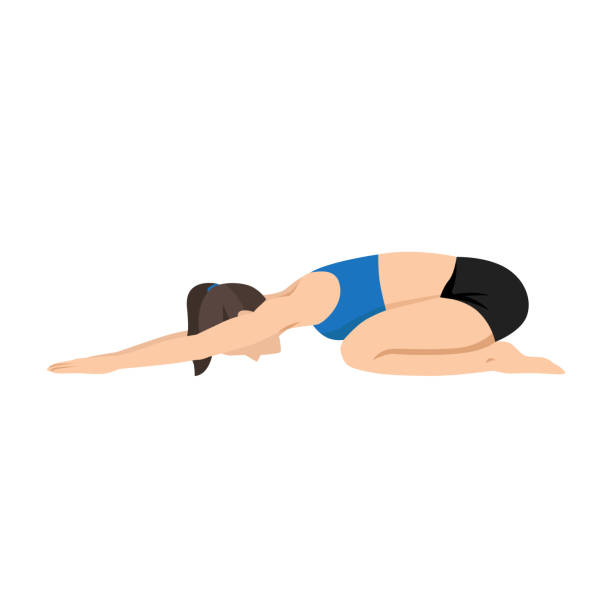
7. Cool Down and Stretching (5 minutes)
The cool-down and stretching phase of your Pilates workout is a pivotal component for enhancing flexibility and preventing muscle tightness. This essential segment not only promotes muscle recovery but also cultivates a sense of relaxation and balance. Here’s how to conclude your session with a 5-minute cool-down and stretching routine:
Cool-Down Postures: Begin with gentle postures that allow your heart rate to gradually decrease. Simple stretches such as standing forward bends or gentle twists can ease your transition from exercise to relaxation.
Hamstring Stretch: Extend one leg in front of you while keeping the other bent. Gently reach for your extended foot, feeling the stretch along your hamstrings. Hold for 30 seconds on each leg.
Calf Stretch: Find a wall or sturdy surface and place one foot behind you, keeping it straight. Lean into the stretch to feel a gentle pull in your calf muscles. Hold for 30 seconds on each leg.
Shoulder Stretch: Extend one arm across your chest and gently pull it closer with your opposite hand. Hold for 30 seconds on each arm, focusing on releasing tension in your shoulders.
Deep Breathing: As you perform these stretches, maintain slow, deep breathing. Inhale deeply through your nose, and exhale fully through your mouth. This deliberate breathwork enhances relaxation.
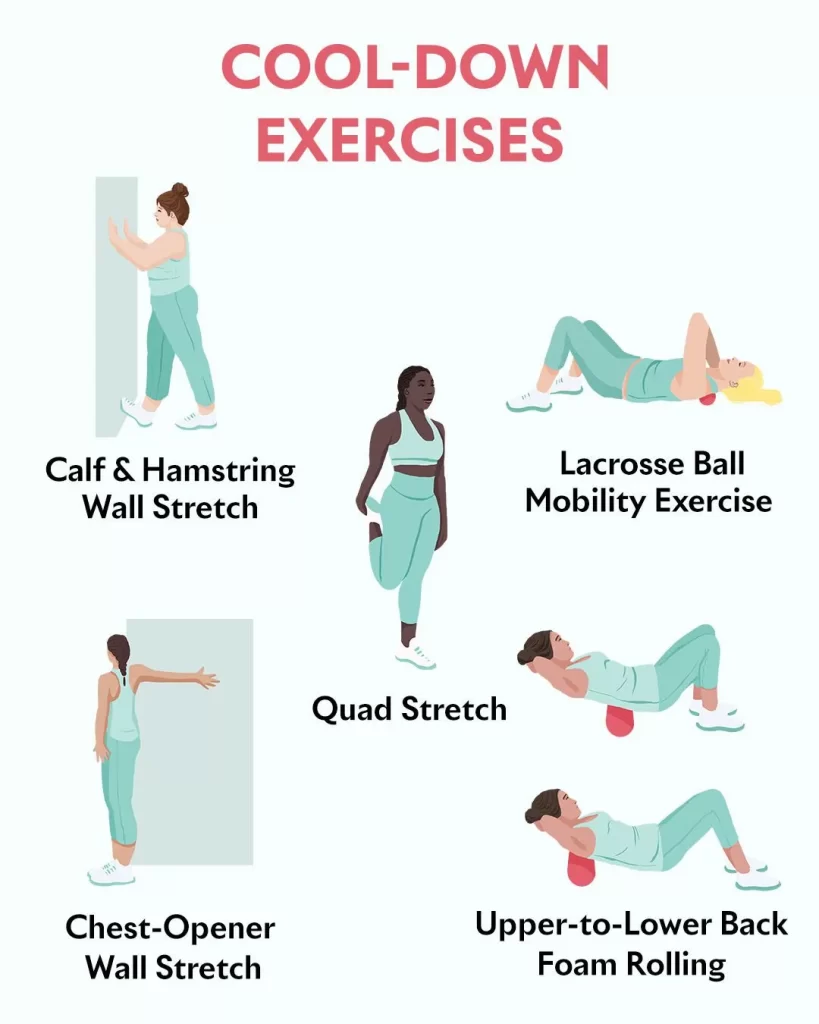
V. Progressing in Your Pilates Journey
As you become more comfortable with these basic Pilates exercises, consider adding variations and increasing the intensity of your workouts. Here are some tips to keep your Pilates routine effective and enjoyable:
Consistency is Key: Aim to practice Pilates at least 3-4 times a week to see significant improvements in your strength and flexibility.
Online Resources: There are numerous online Pilates classes and tutorials that can guide you through more advanced exercises.
Set Goals: Define clear fitness goals to keep yourself motivated and track your progress.
Mix It Up: Experiment with different Pilates exercises and equipment to prevent boredom and plateaus.
Listen to Your Body: Pay attention to your body’s cues. If an exercise causes pain or discomfort, modify it or consult a fitness professional.
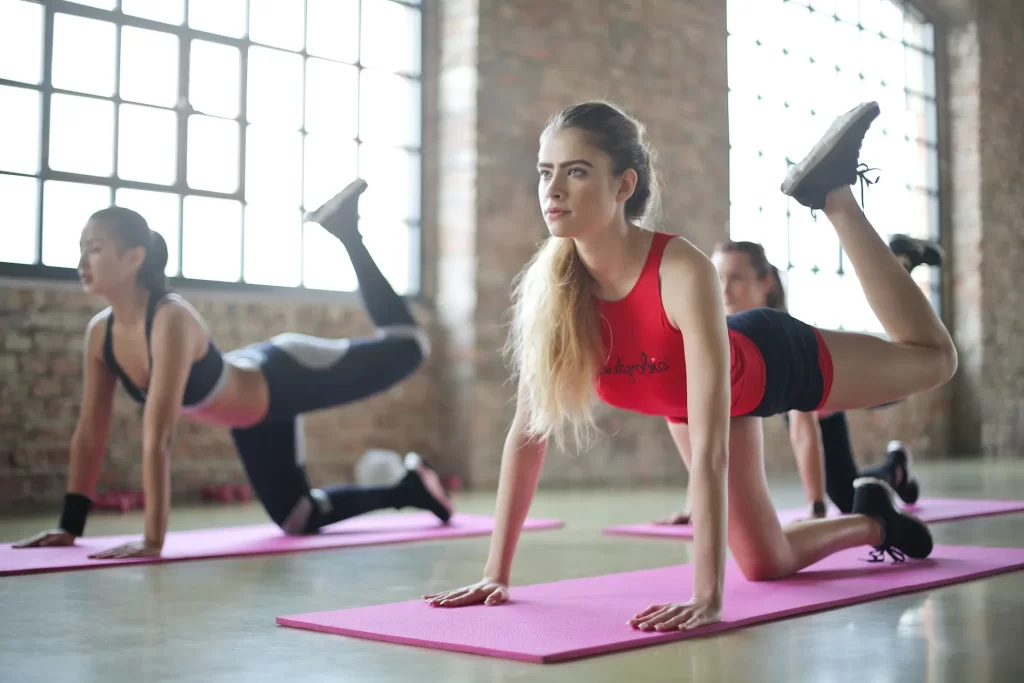
VI. Additional Resources & References
Delve deeper into the world of Pilates and uncover a wealth of insights, tips, and workouts by exploring our extensive blog section on our website. Whether you’re a seasoned Pilates enthusiast or just getting started, our blog is your go-to resource for all things Pilates.
In our articles, you’ll find a treasure trove of scientific evidence supporting the remarkable advantages of incorporating Pilates into your fitness routine. Here are some key findings from recent studies:
Improved Core Strength: Research published in the Journal of Sports Science & Medicine demonstrates that regular Pilates practice significantly enhances core strength. Strengthening your core not only leads to better posture but also reduces the risk of back pain and improves overall stability.
Enhanced Flexibility: A study in the Journal of Bodywork and Movement Therapies highlights how Pilates can lead to substantial improvements in flexibility. Increased flexibility can help with everyday movements and reduce the risk of injury.
Pilates for Posture: The International Journal of Sports Physical Therapy discusses how Pilates can positively impact posture. Strengthening the muscles responsible for good posture can alleviate discomfort caused by poor alignment and contribute to a healthier spine.
Stress Reduction: Pilates is not just a physical practice; it also promotes mental well-being. According to research in the Journal of Bodywork and Movement Therapies, Pilates can reduce stress and improve psychological health.
Pilates for Rehabilitation: A study in the Journal of Orthopedic & Sports Physical Therapy underscores the rehabilitative potential of Pilates. It can aid in the recovery from injuries and surgeries, offering a gentle yet effective path to regain strength and mobility.
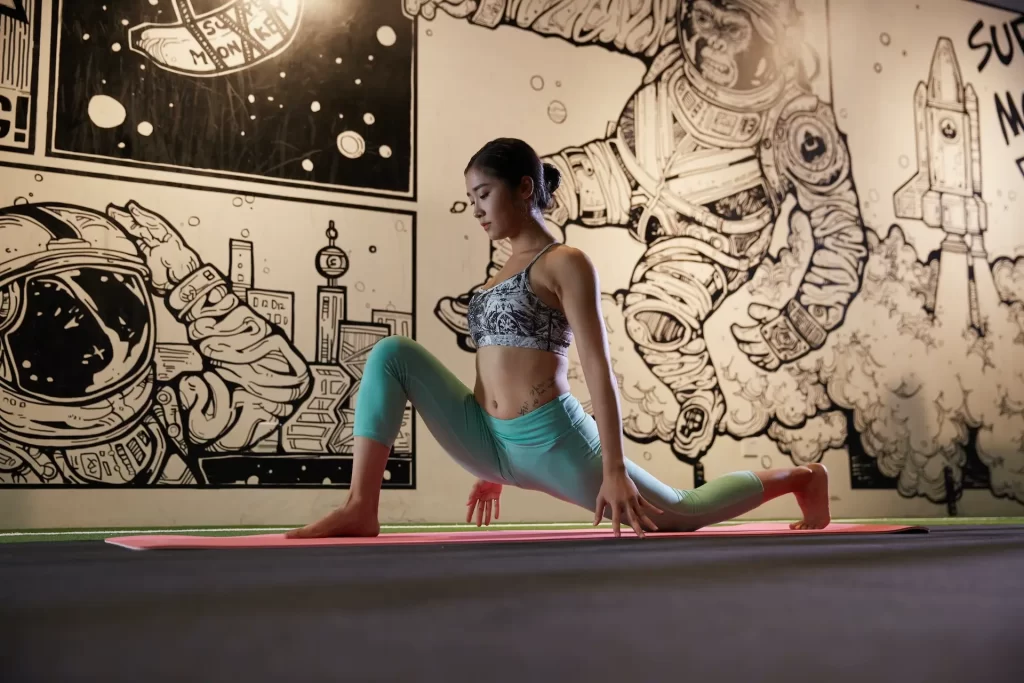
VII. Conclusion
In conclusion, Pilates is not merely an exercise routine; it’s a holistic approach to health and wellness, backed by scientific evidence that validates its numerous benefits. Through our comprehensive blog, we’ve explored the depth and breadth of Pilates, offering you insights, tips, and workouts to embark on a transformative journey.
The studies we’ve highlighted underscore the efficacy of Pilates in enhancing core strength, flexibility, posture, and mental well-being. These findings provide a solid foundation for those seeking to improve their physical and mental health through Pilates.
As you delve into the articles on our website, you gain access to a wealth of knowledge that bridges the gap between science and practice. Armed with this evidence-based information, you can approach your Pilates routine with confidence, knowing that each movement aligns with your wellness goals.
So, whether you’re a seasoned Pilates practitioner or just beginning your Pilates journey, remember that our blog is here to empower you. Explore the research, try out new workouts, and let the science of Pilates guide you toward a healthier, stronger, and more balanced life. Your path to holistic well-being starts right here.
